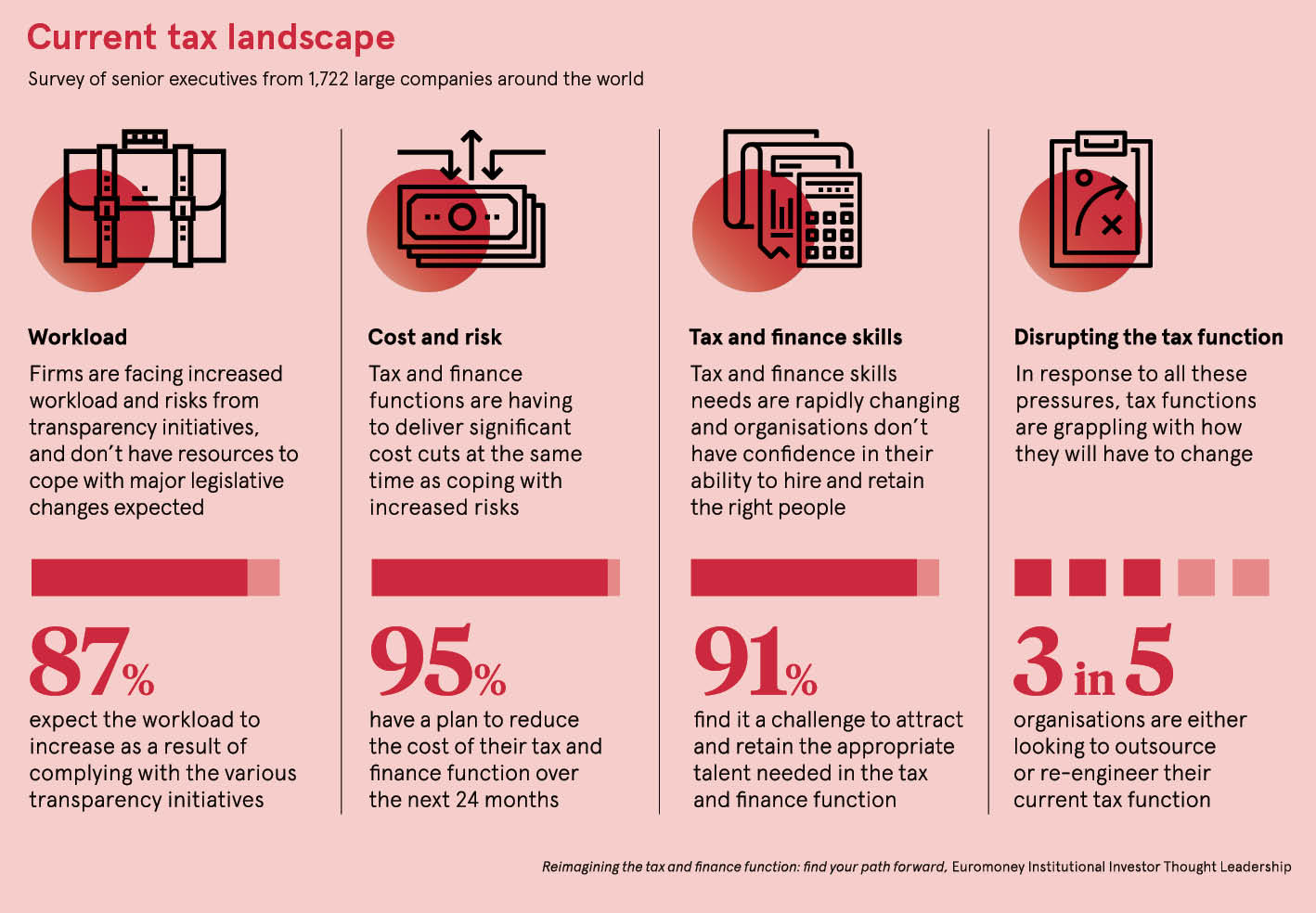Artificial Intelligence (AI) is on the brink of reshaping society across healthcare, transportation, finance, and national security. As industry practitioners and citizens engage in active discussions on AI’s myriad applications, the need to address real-world consequences becomes paramount. In an era dominated by artificial intelligence (AI) advancements, the National Institute of Standards and Technology (NIST) has unveiled a robust Artificial Intelligence Risk Management Framework (AI RMF).
Harnessing AI for good
The pivotal question of our era revolves around leveraging AI’s power for societal betterment. Beyond mere entertainment or shopping predictions, the enthusiastic embrace of AI capabilities must be accompanied by a sober recognition of heightened technological risks, spanning from biases to security threats.
Navigating cybersecurity challenges in the digital era
In an age where cybersecurity concerns are escalating, AI introduces a new set of vulnerabilities. Amid these challenges, it is essential not to lose sight of the broader perspective. The world of AI is a realm of both positive and negative aspects, evolving rapidly. Balancing AI adoption, defense against risks, and ensuring responsible use is paramount to unlocking its full potential without compromising progress.
NIST AI risk management framework overview:
Planning and understanding
The NIST AI Risk Management Framework (AI RMF) emerges as a comprehensive guide, collaboratively developed to assist organizations in managing AI-related risks. The planning phase directs organizations to evaluate the risks and benefits, setting criteria for trustworthy AI systems. Trustworthiness is gauged through validity, reliability, security, resilience, accountability, transparency, explainability, privacy enhancement, and fairness with managed biases.
Actionable guidance
At the core of the framework lies actionable guidance through four key steps: govern, map, measure, and manage. Integrated into the AI system development process, these steps establish a risk management culture. They facilitate risk identification, assessment, and the implementation of effective mitigation strategies.
Information gathering
The initial phase involves collecting vital data about AI systems, including project details and timelines.
Governance
Establishing a robust governance culture for AI risk management throughout the organization is crucial for effective implementation.
Risk mapping
Framing risks within the context of the AI system enhances the identification process, ensuring a comprehensive understanding of potential challenges.
Risk measurement
Various methods are employed to analyze and monitor AI risks and their impacts, providing organizations with actionable insights.
Risk management
The final step involves applying systematic practices to address identified risks, emphasizing risk treatment and response planning.
A valuable resource for AI governance
While the AI RMF is not mandatory under current proposed laws, it stands as a valuable resource for companies seeking to develop a robust governance program for AI. It serves as a proactive tool, enabling organizations to navigate the intricate landscape of AI responsibly and stay ahead with a sustainable risk management framework.
As AI continues to weave its influence into the fabric of society, the NIST AI Risk Management Framework emerges as a guiding light. By integrating planning, actionable guidance, and a systematic approach to risk management, organizations can not only harness the potential of AI but also safeguard against its inherent challenges. In an era where responsible AI adoption is imperative, the AI RMF stands as a beacon for organizations aspiring to tread the path of innovation with ethical governance.





